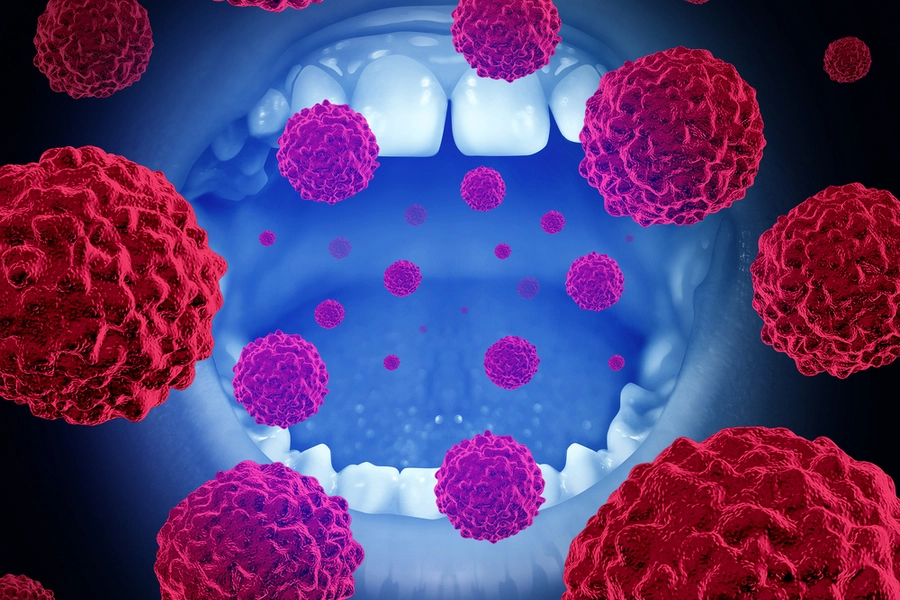London in all (braced) smiles
When we look at the faces of kids or young adults, we see most of them wearing some or other kind of braces. We might wonder why so many people have to undergo dental treatment? All their teeth so abnormal? In fact, many have some or other type of bite problem such as overbite, underbite, or crossbite, which may range from mild to moderate. The device used to treat this kind of a problem is called dental brace or orthodontic brace. Depending on the severity of the problem, one has to wear fixed braces or removable braces. If the condition is mild such as slight malocclusion that can be corrected by slight movement of the teeth, the option for you is a removable brace. If your condition is a little more complicated requiring movement of a number of teeth in different directions, you definitely require a fixed brace, maybe with some other procedures depending on your condition. In fixed braces, the brackets are glued to the teeth with a cement and hooked to the molars with elastic bands. They are weaved together with nickel-titanium wires, which are sensitive to temperature. When cold they are flexible, but on reaching body temperature, they become firm and attain proper shape; hence no longer require any reshaping as against the previous metal wires. Nowadays tooth coloured braces or aligners are available for those who do not wish to have a metallic smile. However, these aligners are useful only to those who need only minor adjustment of their teeth and not recommended for difficult cases. Treatment using invisible aligners requires more time compared to fixed braces. There are lingual braces that are fixed behind the teeth and they are not easily visible. But they can cause discomfort while talking as they restrict the movement of the tongue. As we are wearing these braces to get a beautiful smile, we have to be careful about our eating habit too. We should avoid drinking aerated drinks, which are acidic in nature and avoid sticky food items that might get around the braces causing discolouration.
Now different types of braces are available according to ones needs and they range from traditional stainless steel, to nickel-titanium, ceramic, and gold plated (for those who cannot use nickel due to allergy. there are other newer varieties that are available in London which are self-tying as against manual tying. The latest of this category under development is the one with a microchip attached to it, which can accurately measure the force to be applied on the teeth. Therefore, in the future we would be wearing microchip-implanted braces that would tell us when to go to the dentist or when to remove them.


